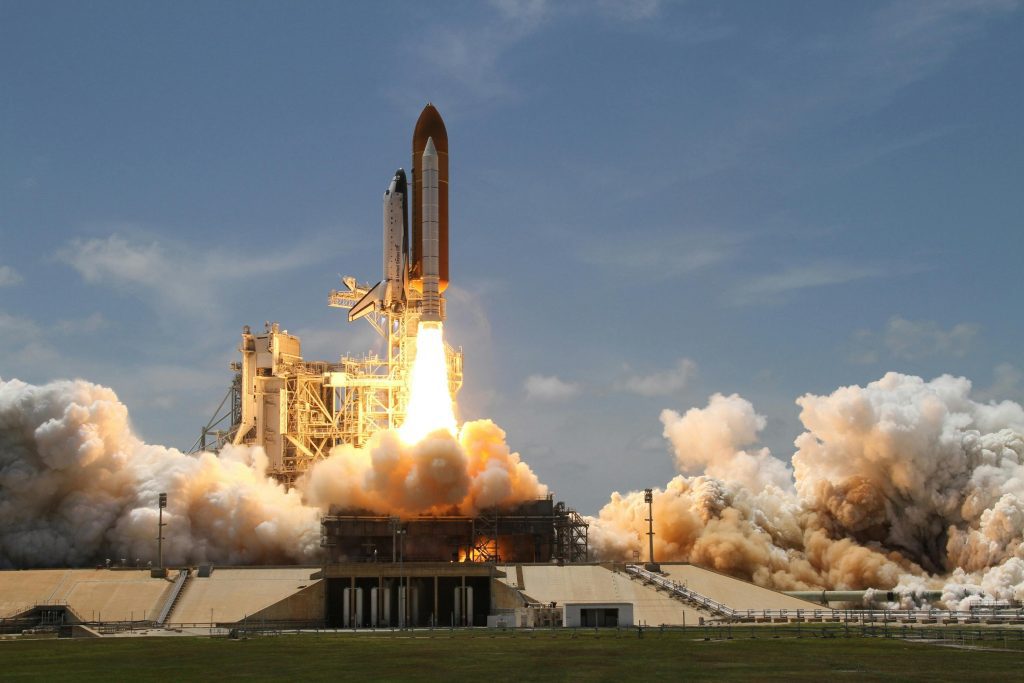Japanese Rocket : Introduction
An explosion occurred in the rocket of a Japanese startup during an effort to launch it, which was unsuccessful. From the very beginning, A dramatic event that constitutes a significant setback for Japan’s rapidly expanding commercial space sector is the explosion of a rocket that was created by the Tokyo-based company Space One. The explosion occurred just a few seconds after the rocket was launched, and it was a dramatic event.
The Space One Corporation’s Goals and Objectives
As a consequence of this unfortunate occurrence, the company’s aspirations of becoming the first Japanese firm to successfully launch a satellite into space were shattered. In terms of goals and objectives, the Space One Corporation wants to Within the realm of Japan’s commercial space industry, Space One has arisen as a potential competitor with the intention of achieving the position of leader in orbital satellite launches.
Table of Contents
Kairos rocket
An ambitious start toward accomplishing this objective was the launcher known as the Kairos rocket, which consisted of four stages and used solid fuel. However, the endeavor that they intended to complete was not effective in any way. Launching a prototype satellite for the government into orbit was supposed to be Space One’s plan in order to demonstrate that the company might be concentrating on government contracts or space-based monitoring technology. At the launch control center, there is a relatively modest crew, which provides an indication of the extent of the company that is currently being launched. Based on the suggestions made by this group, the company appears to be a young business with ambitious goals but limited resources.
Japanese rocket : The Ill-Fated Launch
The Launch That Was Very Unsatisfactory During a live broadcast that was supposed to capture a major event for Space One, the Kairos rocket, which stands towering at 18 meters (60 feet), became the center of attention. This happens since the program was designed to chronicle the event. A sad disaster occurred when the rocket burst shortly after takeoff, which sent shockwaves across the private space business sector in Japan and beyond. Instead, spectators were witnesses to this tragic failure.
Moving Forward After Failure
Immediate steps
Immediately following a failure to move forward, the following steps should be taken: It should not come as much of a surprise that Space One would instantly shift its focus to determining the cause of the explosion that was caused by the explosion. In addition to the fact that it is essential to carry out this thorough analysis in order to prevent a recurrence, it is also essential in order to reestablish credibility and ensure the safety of any future missions that may be undertaken. In addition, due to the significance of effectively navigating the public relations landscape, recovering the confidence of stakeholders and the general public will be a primary focus of attention.
The Prospects and Strategies for the Future
The Prospects and Methods for the Future of the Organization Regardless of the setback, the road that lies ahead for Space One is rife with significant challenges as well as opportunities that could prove to be quite beneficial. It is probable that the corporation will face the chance of experiencing delays while it is reviewing the financial impact of the failure, revising its strategy, and possibly reworking essential components of its rockets. During this time, the company is looking into the likelihood of having delays. Searching for Partnerships to Establish.
Finding Partnerships to Form
It is likely that Space One will pursue strategic agreements with more established players in the aerospace business or significant research institutes if it is successful in overcoming the technological and financial difficulties that it faces. For example, Space One could attempt to develop partnerships with these organizations. It is possible that these kinds of partnerships will be able to provide the necessary skills in addition to additional resources in order to overcome technological deficiencies.
Reevaluation of the Strategy
Revisiting the Approach to the Problem For the purpose of restoring momentum in satellite launch endeavors, Space One may perhaps explore altering its strategy by focusing on missions that are less ambitious or by studying different technologies. This would be done in order to achieve the goal of regaining momentum. Through the implementation of this strategic pivot, it may be possible to meet the goals of regaining experience and increasing confidence among stakeholders.
Japanese Rocket : Conclusion
Remarks to Conclude In spite of the fact that Space One and its objectives within the space industry have been hampered as a consequence of the launch’s failure, the circumstances also afford the corporation the chance to acquire new information. The path forward will involve not only revisions to the technical parts of the project but also a restructure of the strategic approach. This is necessary in order to ensure that Space One’s lofty goals will be successful and viable over the long run. It is possible for Space One to continue to hold the position of industry leader in Japan’s commercial space sector so long as it continues to demonstrate its dedication to both innovation and safety.
Amjad Mustafa, the owner and author of Keen2Know, is a highly qualified individual with strong experience in technical engineering. He is an experienced professional with a variety of business, technology, and car knowledge. His academic background prepared him for a diverse career and established him as a prominent figure at the intersection of these rapidly evolving industries.
